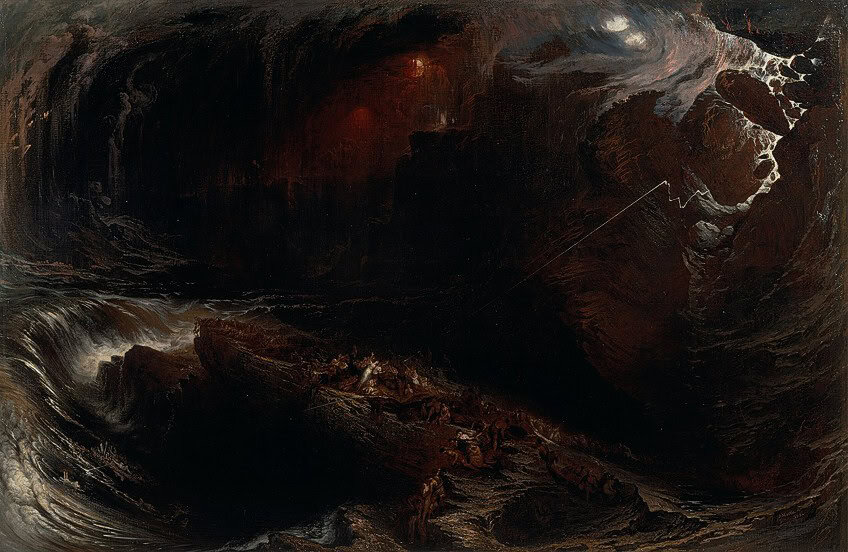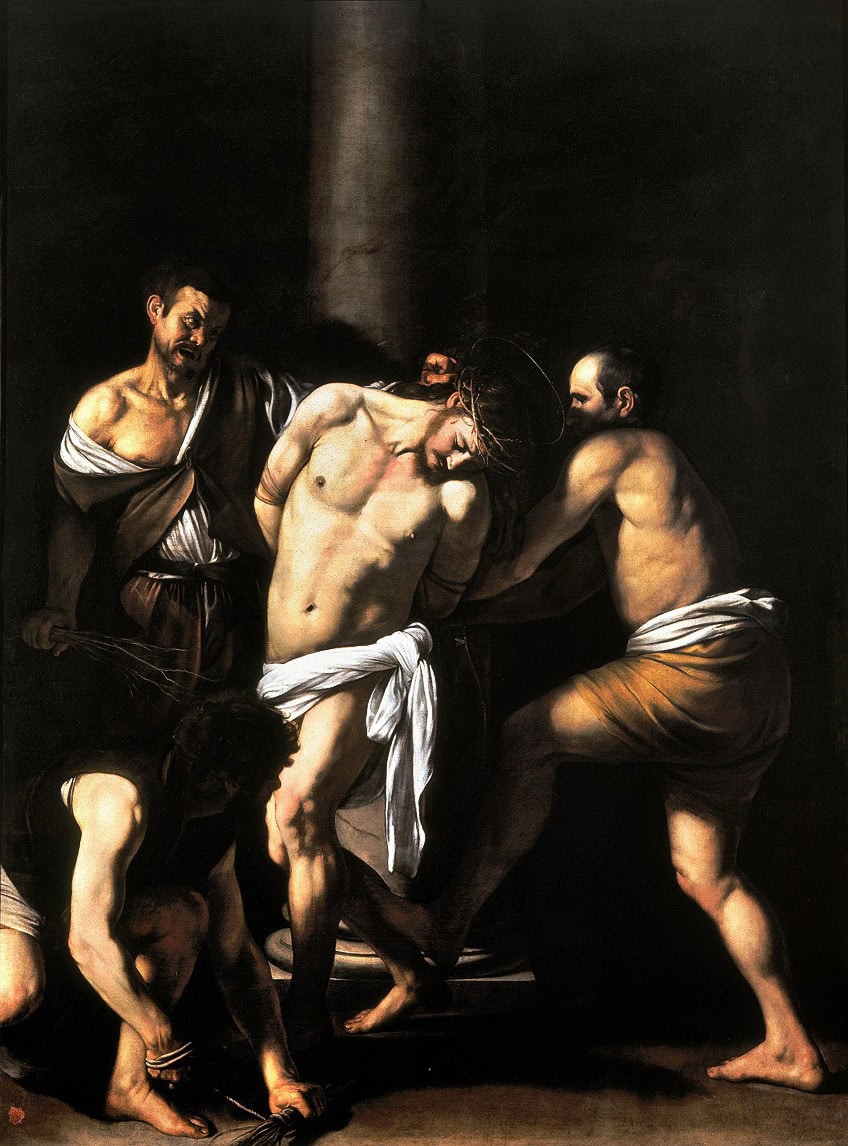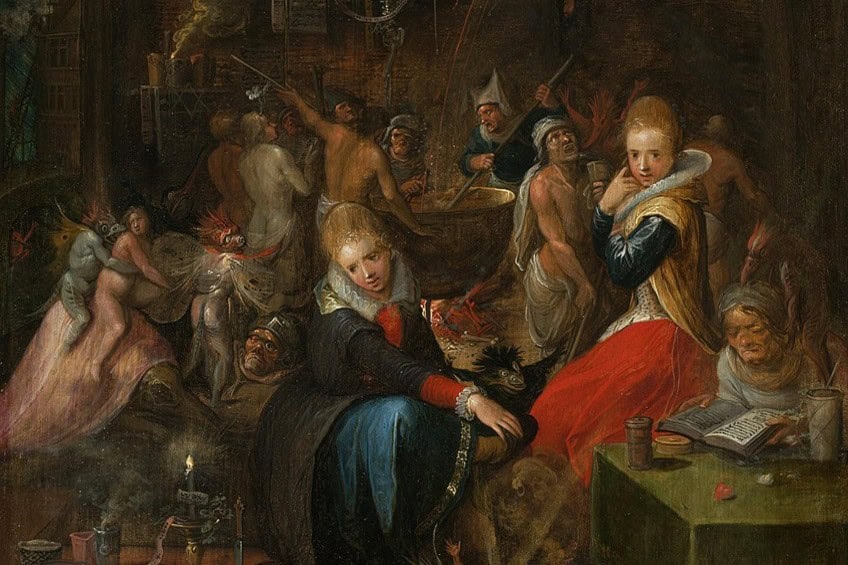Occult Art – Unveiling Mystical Symbolism and Techniques
Occult art refers to a diverse body of artistic expressions that explore esoteric, mystical, and supernatural themes. Rooted in ancient spiritual traditions and practices, it draws from alchemy, astrology, mysticism, and occult philosophies to evoke hidden realms of existence. Artists throughout history have used symbols, magical imagery, and rituals to communicate concepts of otherworldly power, the divine, and the unseen forces of the universe. From Renaissance occultism to the 20th-century Surrealist fascination with the unconscious, Occult art has captivated the imagination and often blurred the line between art, magic, and spirituality.
Key Takeaways
- Occult art blends hidden meanings with mystical themes.
- Modern artists explored spirituality through occult influences.
- Contemporary interest in occult art fuels ongoing discussions.
Historical Overview of Occult Art
Examining the hidden layers beneath the vivid surface of occult art reveals a world where magic, spirituality, and creativity intersect. From ancient Egyptian spells to mandrakes and palmistry, occult themes have been woven into the tapestry of human art history, subtly influencing various artistic movements. Occult art often communicates hidden meanings and esoteric knowledge by exploring mystical and supernatural themes.
Occult art’s influence extended significantly into modern times, where artists like Kandinsky and Mondrian intertwined spiritual themes with their artistic endeavors.
Whether through theosophy, mediumship, or Eastern philosophy, these artists sought to access otherworldly realms and infuse their work with symbolic meaning. Their efforts not only shaped their creations but also contributed to the broader cultural landscape.

Contemporary interest in occult art continues to grow, attracting both artists and audiences. Communities on platforms like DeviantArt provide a space for modern interpretations of occult concepts, fueling ongoing discussions about the connection between art and the mystical. This vibrant genre remains a fascinating and continually evolving field, intriguing and inspiring those who seek to understand its depth and mystery.
Origins and Evolution
Occult art traces its roots back to ancient civilizations where magic and alchemy were prominent. Early artworks often featured symbols and motifs representing mystical powers and rites. The Renaissance era saw a resurgence in esotericism, with alchemical texts inspiring artists to incorporate philosophical concepts into their pieces.
By the 19th century, occult practices like Theosophy began influencing Western modernism.
This highlighted the intertwined development between spiritual exploration and artistic innovation. This evolution illustrates a persistent and profound dialogue between the pursuit of hidden knowledge and artistic expression, providing profound insights into the cultural psyche of each era.
Famous Occult Artists
Many artists became fascinated by the occult, channeling its themes through their creative work. Helena P. Blavatsky, a key figure in Theosophy, initiated this intersection in the Western art scene, leaving a lasting impact on modernist movements. Surrealist artists such as Leonora Carrington drew heavily from mystical symbols and magic, embedding these influences in their dreamlike canvases.

Alphonse Mucha’s art nouveau style also incorporated alchemical symbols to convey spiritual mysticism. Visionary artists like Austin Osman Spare embraced occult ideologies both in technique and thematic content, contributing to a rich tapestry of artistic expression deeply imbued with supernatural motifs. These figures, among others, have left indelible impressions on how the occult is visually represented.
Practices and Symbols in Occult Art
Occult art encompasses a wide range of practices and symbols that often reflect mystical beliefs and esoteric traditions. The key elements include iconography associated with spiritual symbolism, witchcraft imagery, and alchemical content.
Iconography and Symbolism
Iconography in occult art draws on a rich tapestry of mysterious symbols. These can include the Unicursal Hexagram, which signifies unity and balance within mystical traditions. Often, these symbols are borrowed from religious or spiritual contexts to convey deeper meanings.
Occult symbolism often features the pentacle, a circled five-pointed star. While sometimes linked to witchcraft, its significance varies in different traditions.
Artists utilize these symbols to communicate esoteric ideas, serving as a bridge between the visible and the hidden realms. Understanding these symbols enriches the viewer’s experience by offering glimpses into secretive narratives.
Witchcraft Representations
Witchcraft has long captivated artists, providing rich imagery that delves into the mystical and the forbidden. Representations of witches often include items like cauldrons, brooms, and black cats, which have become emblematic of the craft. Paintings and sculptures might feature witches in ritual settings, casting spells or communing with otherworldly entities.

This imagery underscores themes of power and resistance, challenging societal norms. The fascination with witchcraft symbols is tied to the exploration of spirituality, personal empowerment, and rebellion. Artists often harness these elements to critique cultural perceptions of magic and femininity, drawing viewers into complex narratives of fear and fascination.
Alchemy and Its Imagery
Alchemy, an ancient practice blending elements of science, philosophy, and mysticism, provides a wealth of imagery for occult art. Key symbols include the phoenix, representing transformation and rebirth, and the ouroboros, a serpent consuming its tail, symbolizing eternity and cyclicality.
These symbols serve as metaphors for alchemical concepts of transmutation and enlightenment.
Artists often depict alchemical laboratories, highlighting the diversity of tools and substances used in the pursuit of mystical knowledge. Alchemical imagery in art prompts reflection on the pursuit of knowledge and the quest for personal transformation, resonating with those intrigued by the mysteries of the universe.
Occult Art in Modern Times
Occult art in modern times reflects a rich interplay between mystical themes and contemporary artistic expression. Artists explore spiritual dimensions, while exhibitions showcase these works, emphasizing their cultural significance.
Contemporary Artists
In recent years, artists like Leonora Carrington have profoundly impacted the landscape of occult art. Her surrealist works fuse elements of mysticism, magic, and mythology to create captivating visual narratives. Carrington’s art delves into her personal exploration of the occult and spirituality, becoming a touchstone for newer generations.

Modern artists draw inspiration from historical figures and doctrines, such as those of Éliphas Lévi. Their works often explore the mystical dichotomies of light, dark, and the unseen. These creators resonate deeply with audiences seeking a visceral experience beyond the tangible.
Occult Art Exhibitions
Exhibitions centered around occult art provide a unique platform for exploring magic and mysticism. These events bring together various artworks that highlight the spiritual and mystical influences evident in modern art forms. By showcasing the pieces influenced by divination and other esoteric traditions, these exhibitions provide viewers with a deeper understanding of multifaceted artistic practices.
Key exhibitions often display the convergence of artistic vision and occult symbolism, offering rich narratives that captivate and provoke thought.
Cultural Impact
The cultural impact of occult art in modern times cannot be understated. It pushes the boundaries of mainstream art, inviting audiences to explore lesser-known spiritual narratives. These works resonate with those interested in the mystical aspects of existence, integrating themes like magic and divination.

Such art influences various cultural sectors, including literature and film, inspiring a broader appreciation of contemporary perspectives on mysticism. As these themes become more prevalent, they challenge traditional views, enriching cultural dialogues and encouraging fresh interpretations of both art and spirituality.
Interplay Between Occult Art and Spirituality
Occult art is a fascinating intersection where mystical beliefs and spiritual exploration come together. Artists often utilize these esoteric themes to delve into personal and collective spiritual experiences, sometimes using magic and divination as forms of creative expression.
Art as a Spiritual Practice
Occult art frequently acts as a spiritual practice for many artists, allowing them to explore unseen realms and metaphysical concepts through their work. The use of symbolic imagery and mystical themes reflects their spiritual journey and beliefs.
Some artists consider the process of creating art itself to be a ritualistic act. This can be seen in how they incorporate esoteric symbols, which function as visual representations of deeper spiritual truths.
In this way, art not only becomes a method of communication but also a bridge to transcendental experiences. By doing so, artists enrich their spiritual lives and offer viewers an opportunity for reflection and introspection. This practice is prevalent among those inspired by movements like theosophy and spiritualism, highlighting the intricate connection between artistic creation and spiritual exploration.
Divination and Artistic Expression
Divination serves as a powerful tool in the creative processes of occult artists. Practices such as tarot reading or astrology are often used to inspire and guide artistic expression. By interpreting signs and symbols, artists can translate divinatory insights into visual form. This interplay can also be seen in how artists like Hilma af Klint integrate spiritual and mystical elements into their work. Her paintings are deeply personal interpretations of her spiritual beliefs.

Divination not only adds layers of meaning but also provides a structure, guiding the creative journey. Through these practices, occult artists weave a narrative that reflects both their spiritual and artistic paths, providing viewers with artworks rich in symbolism and interpretation.
Occult art serves as a powerful lens through which artists have explored the mysteries of existence, spirituality, and the unseen forces that shape our world. By intertwining symbolism, mysticism, and esoteric knowledge, these works challenge viewers to look beyond the surface and engage with deeper, often hidden, meanings. From ancient alchemical manuscripts to modern interpretations, Occult art continues to inspire a fascination with the metaphysical, bridging the gap between art and the mystical traditions that have captivated humanity for centuries.
Frequently Asked Questions
How Has Occultism Influenced Art History?
Occultism has significantly influenced art history by inspiring artists to explore mystical themes and symbolism. During the Renaissance, occult ideas were woven into alchemical and mystical artworks. The late 19th and early 20th centuries saw a resurgence, with movements such as Surrealism embracing the spiritual and mystical.
Who Are Some Renowned Painters Known for Incorporating Occult Themes in Their Work?
Johfra Bosschart, a Dutch surrealist, is famous for integrating astrological symbols in his paintings. Other artists like Leonora Carrington and Max Ernst explored occult and mystical themes, blending reality with dreams and the supernatural in their surrealist compositions.
What Is the Significance of Magic and Mysticism in Visual Arts?
Magic and mysticism provide artists with a rich tapestry of symbols and themes to explore. These elements allow artists to convey abstract and spiritual concepts, offering viewers an introspective journey into the unknown. The use of esoteric imagery often challenges conventional interpretations, inviting deeper engagement.
How Can One Differentiate Occult Art from Other Esoteric Art Forms?
Occult art often includes specific symbols and themes associated with mysticism, alchemy, and the supernatural. While other esoteric art forms may explore spiritual or philosophical ideas, occult art explicitly draws from mystical traditions and often incorporates symbols unique to specific occult practices and ideologies.
Isabella studied at the University of Cape Town in South Africa and graduated with a Bachelor of Arts majoring in English Literature & Language and Psychology. Throughout her undergraduate years, she took Art History as an additional subject and absolutely loved it. Building on from her art history knowledge that began in high school, art has always been a particular area of fascination for her. From learning about artworks previously unknown to her, or sharpening her existing understanding of specific works, the ability to continue learning within this interesting sphere excites her greatly.
Her focal points of interest in art history encompass profiling specific artists and art movements, as it is these areas where she is able to really dig deep into the rich narrative of the art world. Additionally, she particularly enjoys exploring the different artistic styles of the 20th century, as well as the important impact that female artists have had on the development of art history.
Learn more about Isabella Meyer and the Art in Context Team.
Cite this Article
Isabella, Meyer, “Occult Art – Unveiling Mystical Symbolism and Techniques.” Art in Context. November 15, 2024. URL: https://artincontext.org/occult-art/
Meyer, I. (2024, 15 November). Occult Art – Unveiling Mystical Symbolism and Techniques. Art in Context. https://artincontext.org/occult-art/
Meyer, Isabella. “Occult Art – Unveiling Mystical Symbolism and Techniques.” Art in Context, November 15, 2024. https://artincontext.org/occult-art/.











